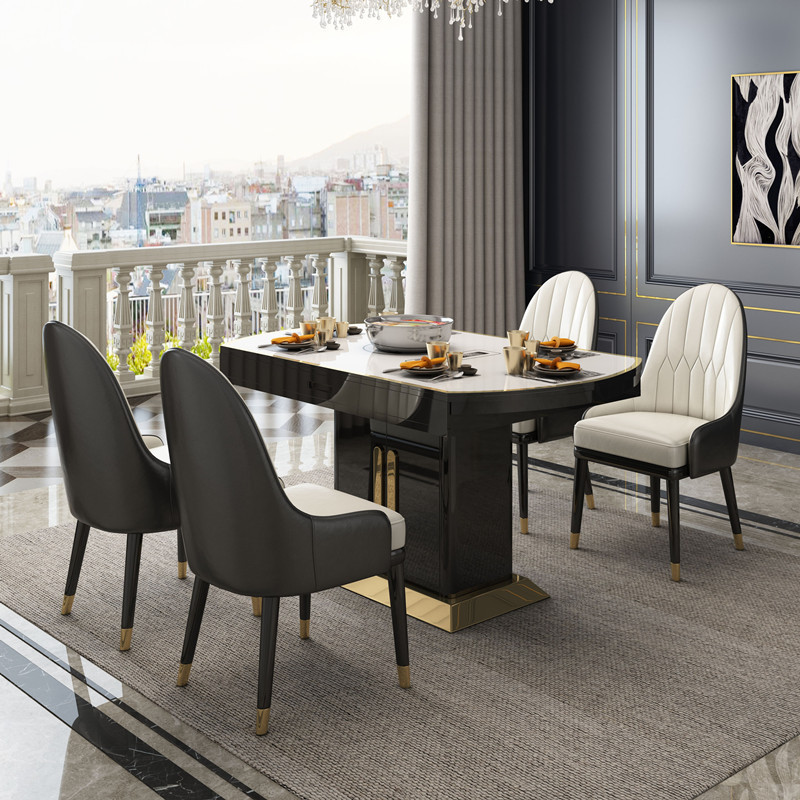The arrangement of seating around a dining table can greatly impact the dynamics of your gathering. Thoughtful seating arrangements contribute to a harmonious atmosphere and encourage engaging conversations.
Consider the size of the table. Before arranging seats, ensure that there’s enough space for comfortable movement around the table. Overcrowding can lead to discomfort and hinder interactions.
Head of the table. If you have a rectangular or oval table, the head is typically where the host or guest of honor sits. This position naturally draws attention and can facilitate discussions.
Balancing personalities. When seating guests, consider their personalities and relationships. Place extroverts near quieter individuals to encourage balanced conversations and prevent one dominant voice from monopolizing discussions.
Mix familiarity and new connections. Introduce variety by mixing close friends with acquaintances or newcomers. This encourages new connections and prevents cliques from forming.
Adequate space. Ensure that each guest has enough elbow room and personal space to feel comfortable. Avoid placing chairs too close together, which can create a cramped and uneasy atmosphere.
Conversation flow. Arrange seats to allow for smooth conversation flow. Avoid seating guests directly across from each other, as this can create a confrontational dynamic. Instead, opt for a staggered arrangement.
Consider the view. If your dining area offers a view, position seats to allow guests to enjoy it. A pleasant visual backdrop enhances the overall dining experience.
Seating arrangements are an art that combines psychology, social dynamics, and design. By carefully considering these factors, you can create a dining environment where interactions flow naturally, fostering meaningful connections.








